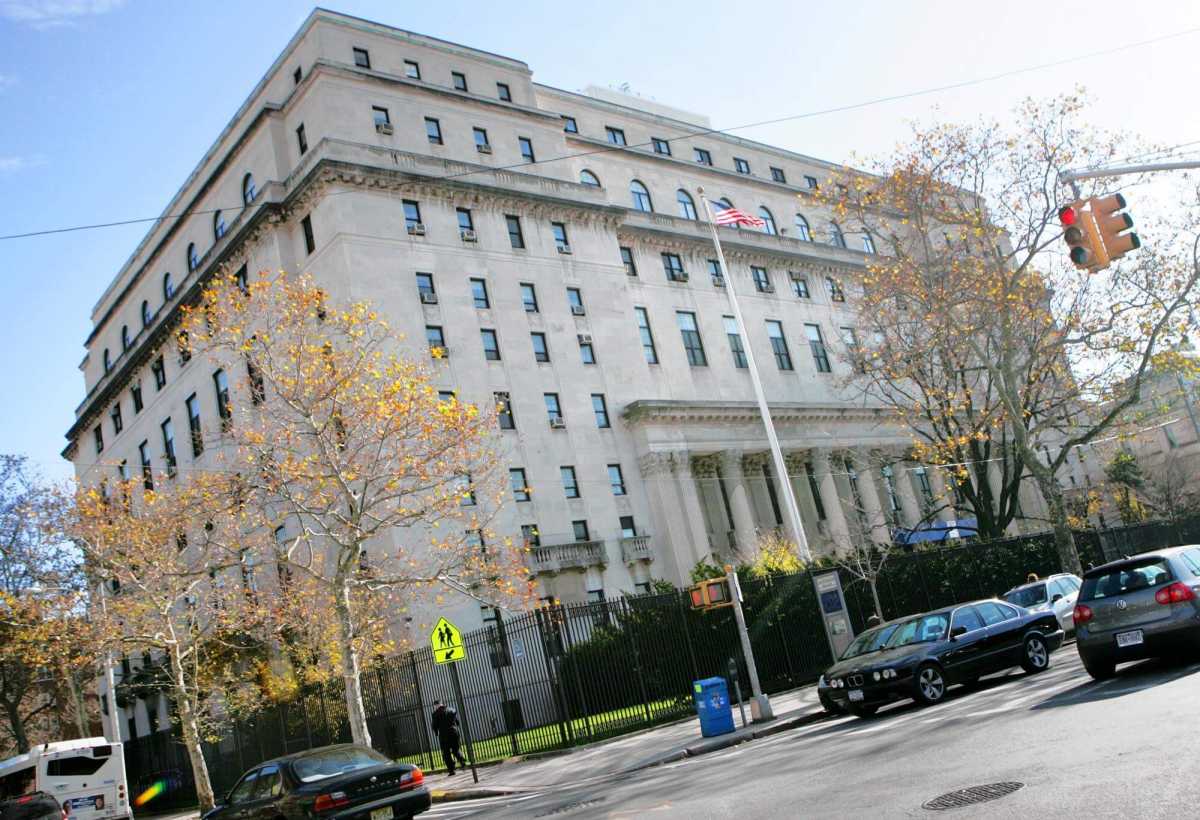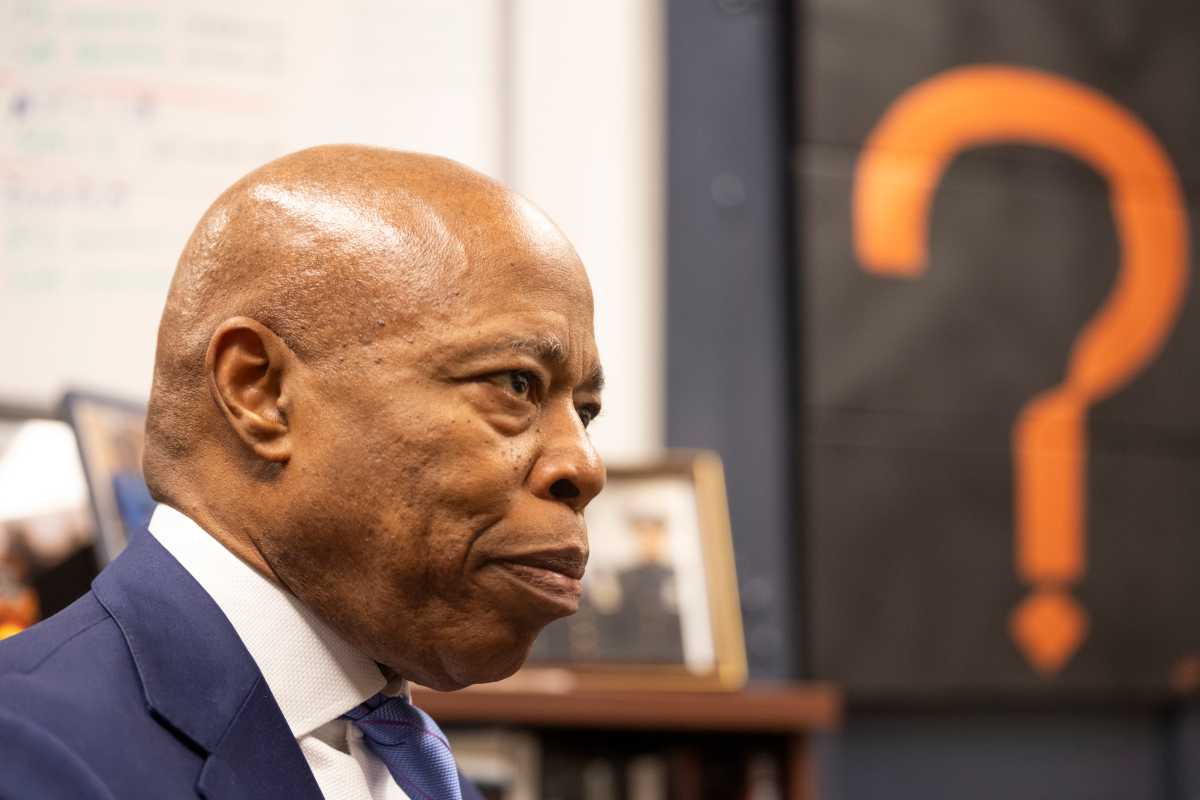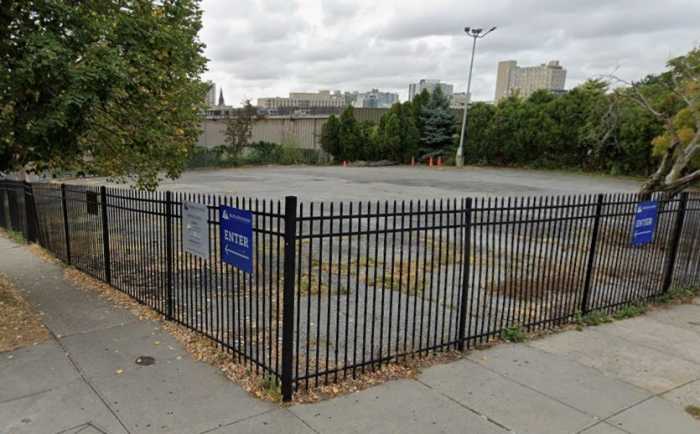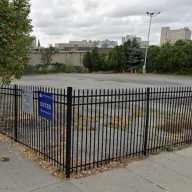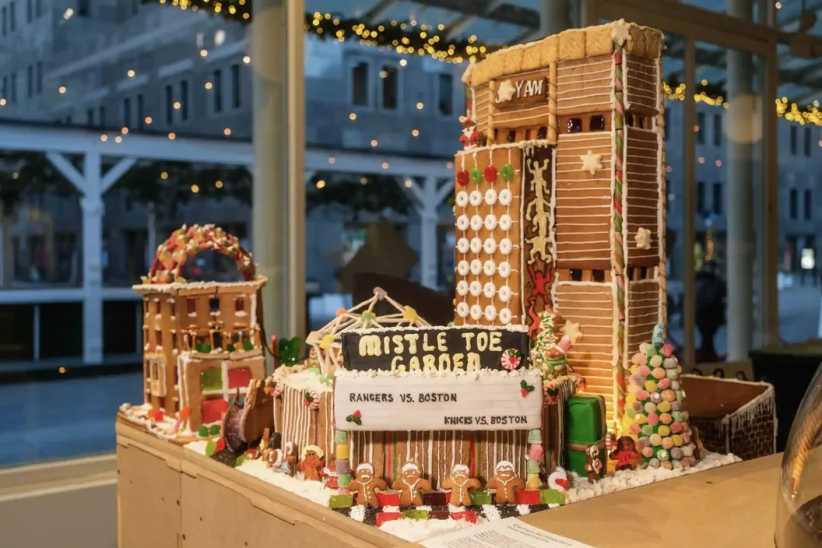By Ivan Pereira
Downtown Jamaica is now home to four new landmarks and the city said that the buildings’ recognition was a long time coming.
The city Landmarks Preservation Commission officially designated Grace Episcopal Church Memorial Hall, the Jamaica Chamber of Commerce Building, the site of the former Jamaica Savings Bank and the Queens Civil Court building as official landmarks Oct. 26.
With the addition of 210 buildings included in the newly designated Ridgewood historical district, the LPC increased the number of historically significant buildings in the borough by 40 percent to 3,800 from 2,700, according to the commission’s chairman, Robert Tierney.
“These measures build upon the strong record the commission has established in the past seven years of protecting the architecturally significant buildings and sites that speak to the development and history in Queens,” he said in a statement.
Peter Engelbrecht, director of design planning and capital projects for the Greater Jamaica Development Corp., said the landmarks have been eyed by preservation groups for designation for years and were essential to preserving the history of the neighborhood. Downtown Jamaica has been rezoned to encourage more upscale business and the director said the more architectural space saved, the better.
“We want to make sure the history of Jamaica is preserved and compliments the new development,” he said.
Each of the four southeast Queens buildings has its roots dating back to early parts of the 20th century.
The hall at Grace Episcopal, at 155-24 90th Ave., was built in 1912 as an extension to the 149-year-old, Tudor Greek Revival-style church. The space, which includes a gym, auditorium and meeting spaces, includes intersecting gables, tall chimneys and bay windows with crenulated parapets.
“The parish hall nurtured and sustained this important congregation for almost 100 years and its designation helps to assure its role will continue,” Tierney said.
The Jamaica Chamber of Commerce Building, at 89-31 161st St., was constructed in 1929, a decade after the chamber was founded to promote the commercial area of downtown Jamaica. The 10-story, Georgian Revival-style building has been used by several businesses and groups over the last 80 years and is still a prominent space in the area.
“The stately building reflects the chamber’s prominence and Jamaica’s financial strength,” Tierney said.
A Capital One Bank branch is located at 146-21 Jamaica Ave., but the building used to be home to the Jamaica Savings Bank, according to the LPC. The one-story, Moderne-style branch was constructed on a trapezoidal lot on the northwest corner of Jamaica Avenue and Sutphin Boulevard in 1939 with Indiana limestone and a polished granite base.
“It was designed to convey the bank’s strength and prosperity [at a] time when the Jamaica Savings Bank was considered to be one of the largest savings institutions in the United States,” Tierney said.
The civil court building, at 88-11 Sutphin Blvd., was also created in 1939 as a way to meet the needs of the growing population of the borough and the crowded court system, according to the LPC. The seven-story, E-shaped building includes a colonnaded portico right in front of the court’s grand staircase, three arched entrances and bronze doors.
“Its dignified design reflects the high civic purpose it was constructed to serve,” the chairman said.
Southeast Queens may be getting more historical recognition in the future. The LPC is reviewing a proposal to name Addisleigh Park a historical district.
The neighborhood has dozens of homes that were built during the 1920s and ’30s and included many famous residents, including singer Lena Horne, jazz musician Count Basie and civil rights activist W.E.B. Du Bois.
Reach reporter Ivan Pereira by e-mail at ipereira@cnglocal.com or by phone at 718-260-4546.

